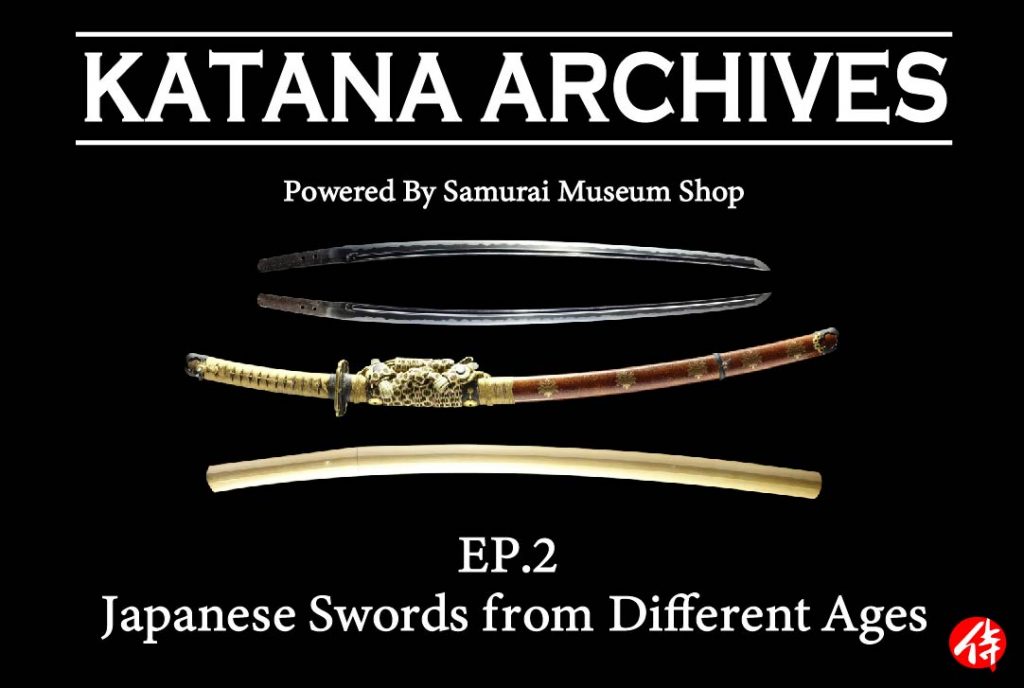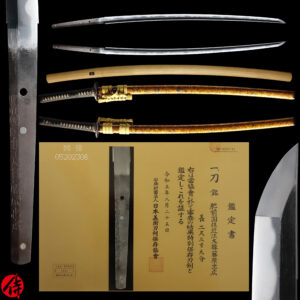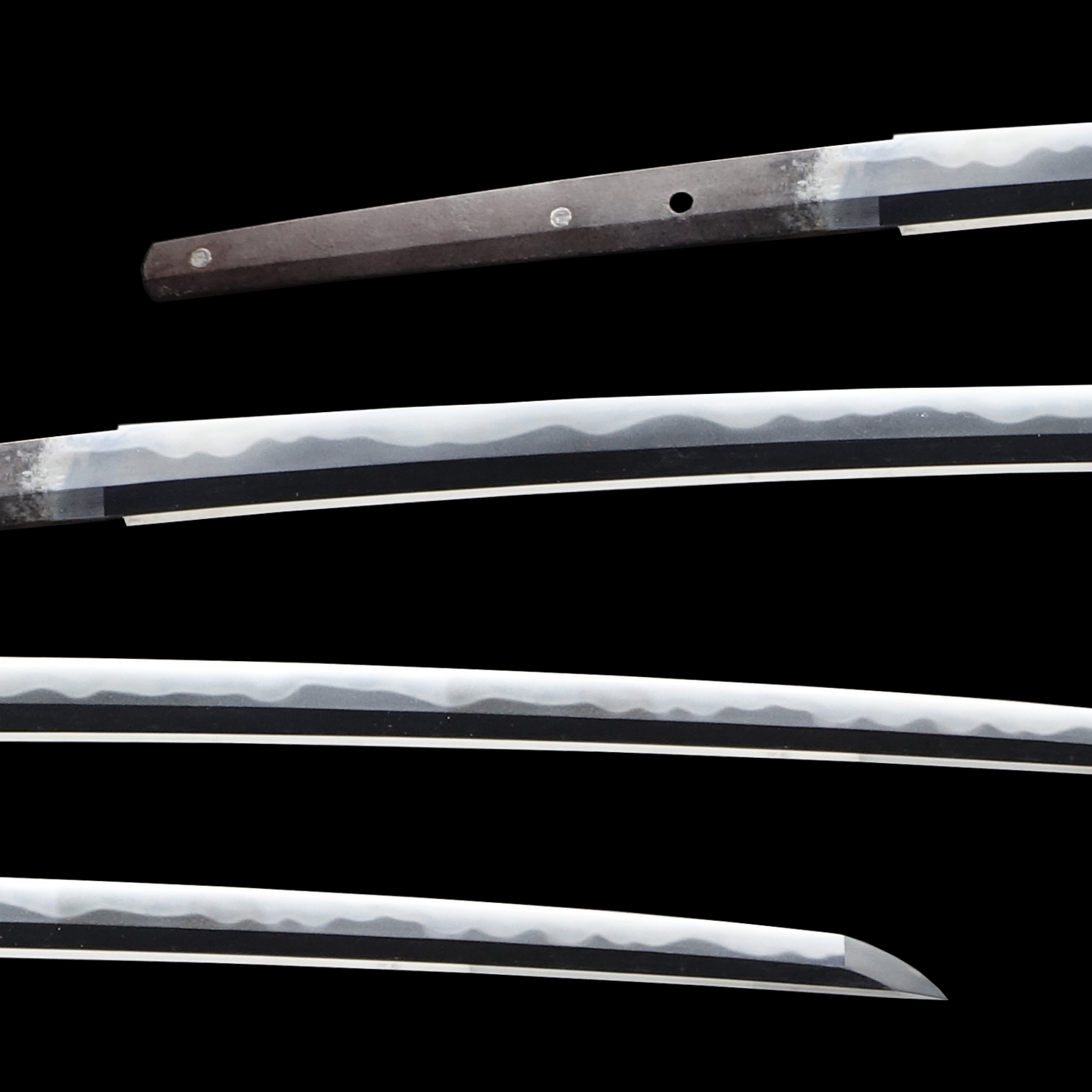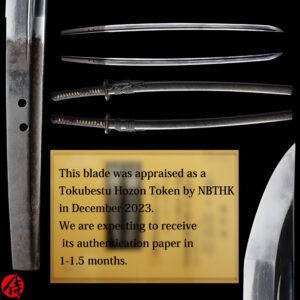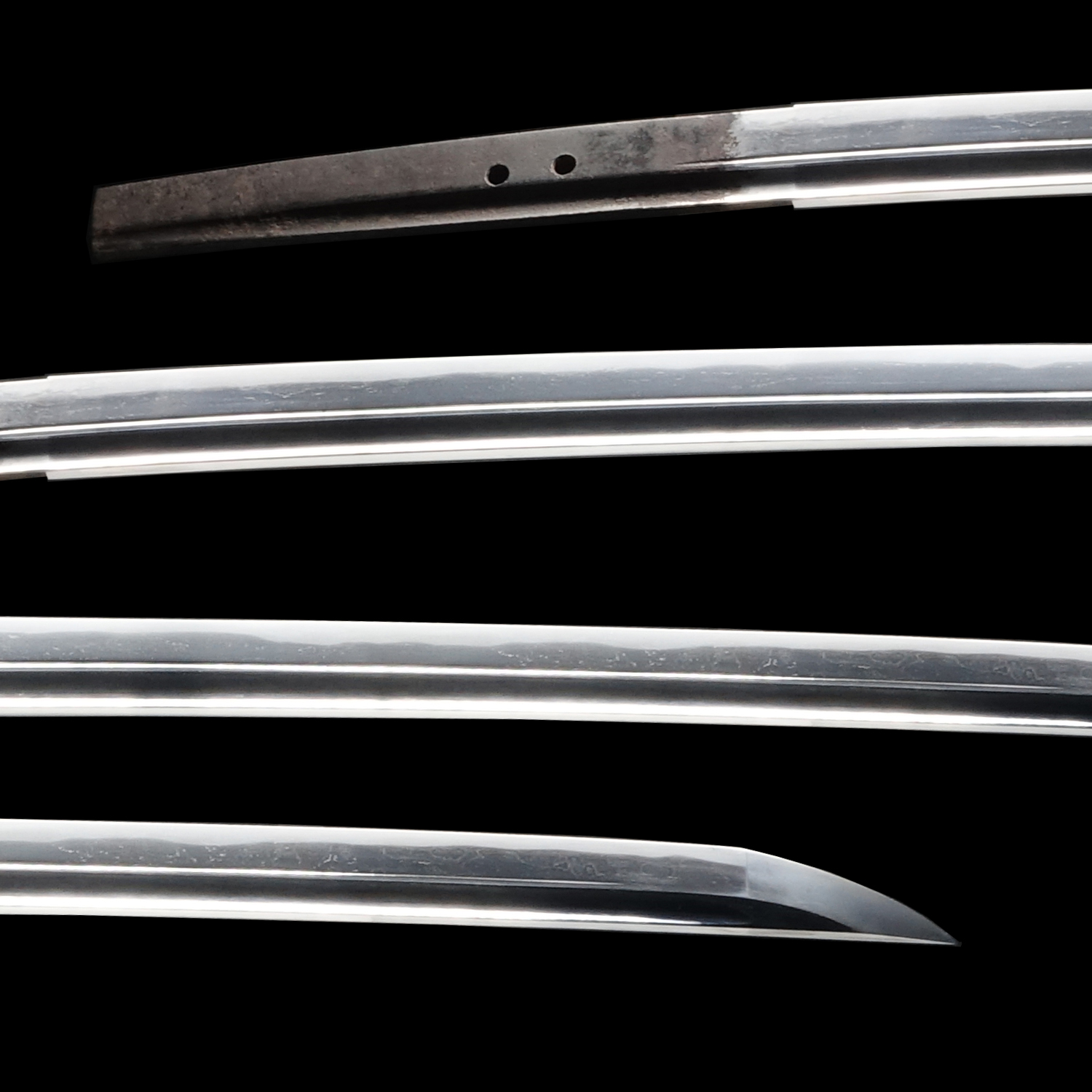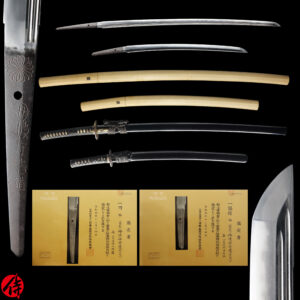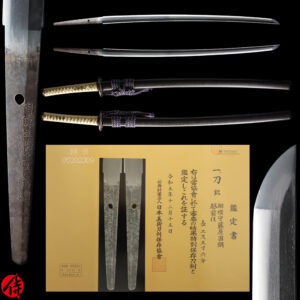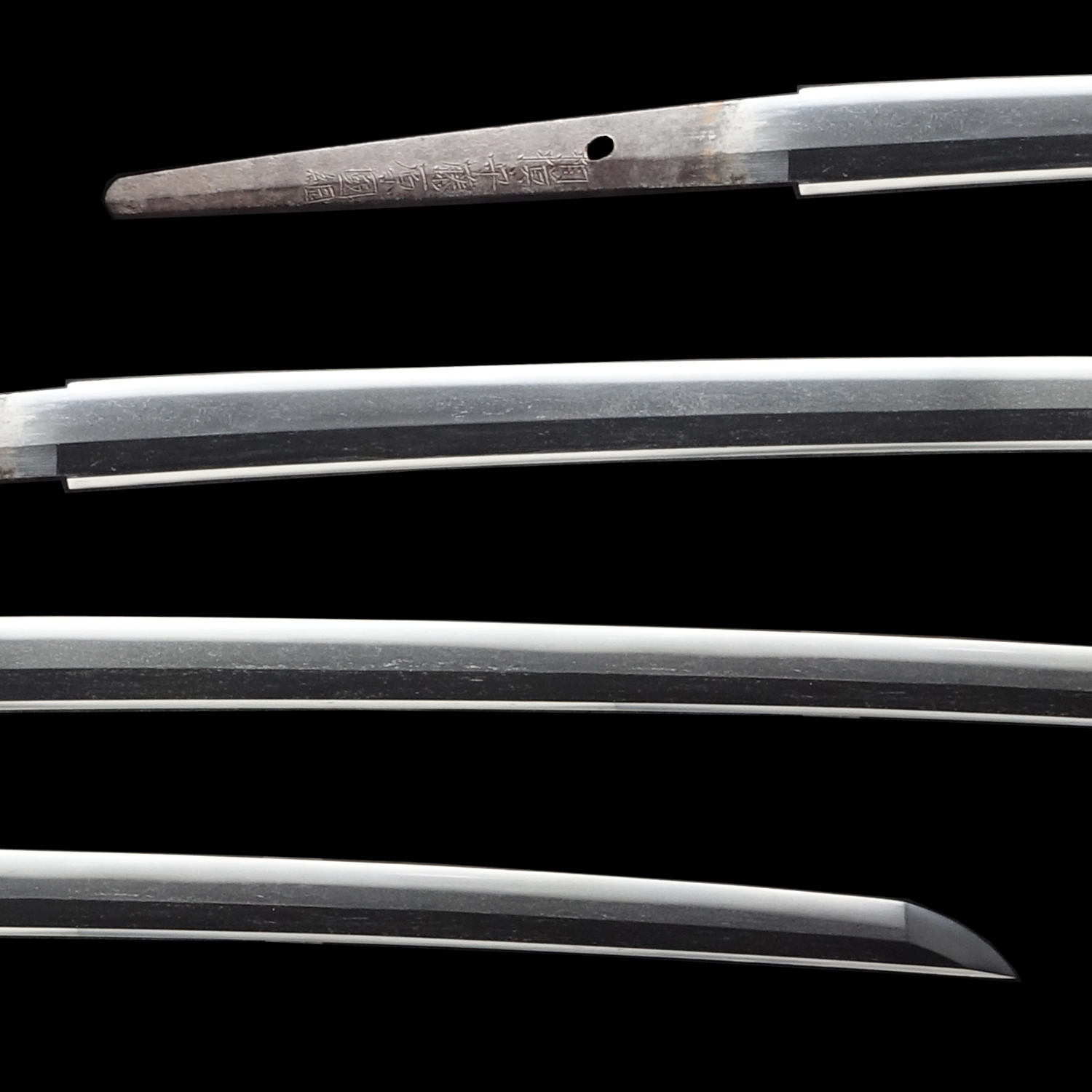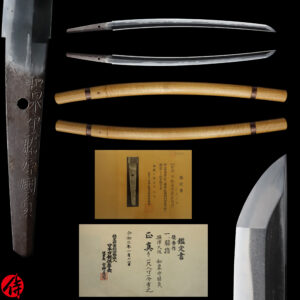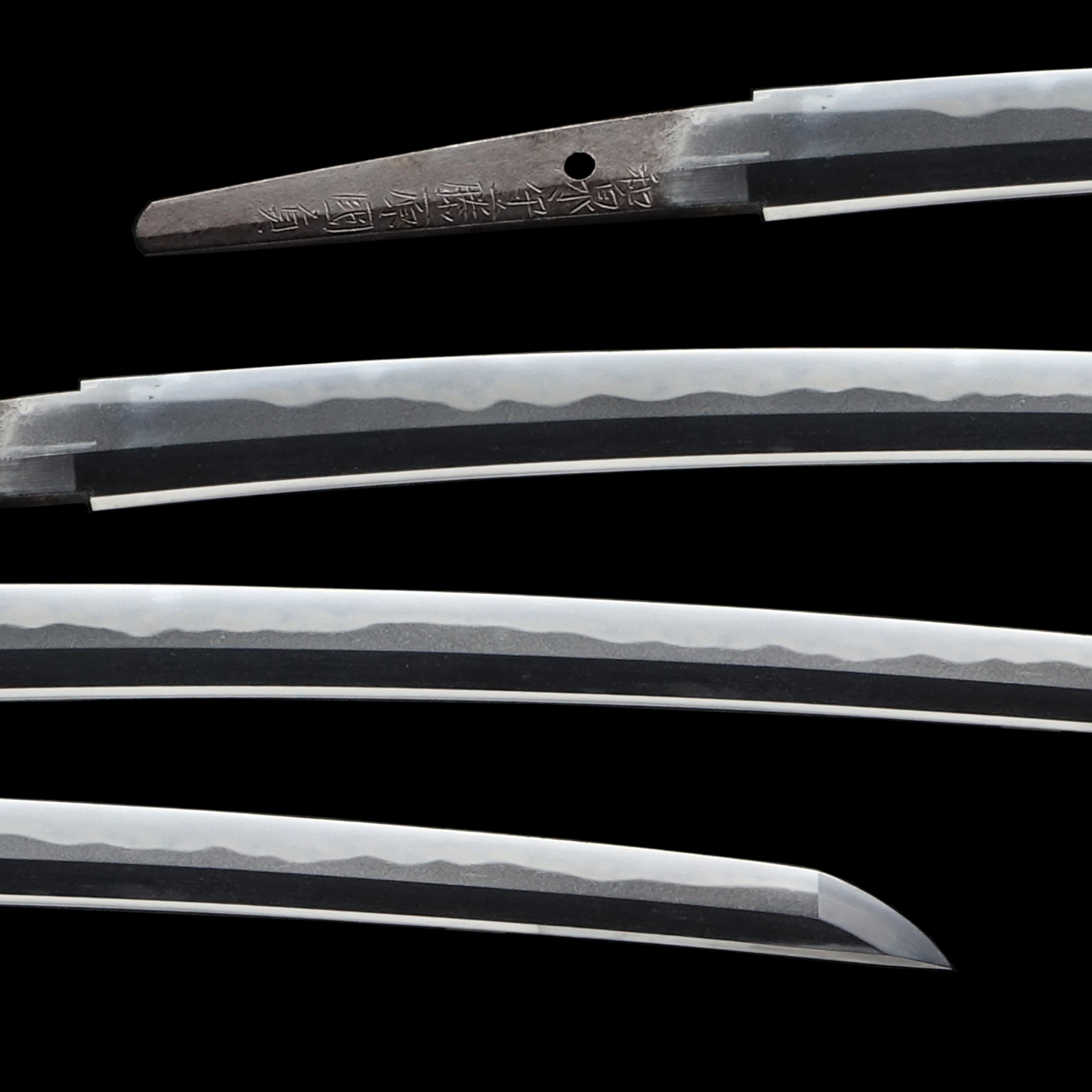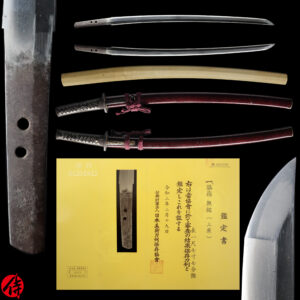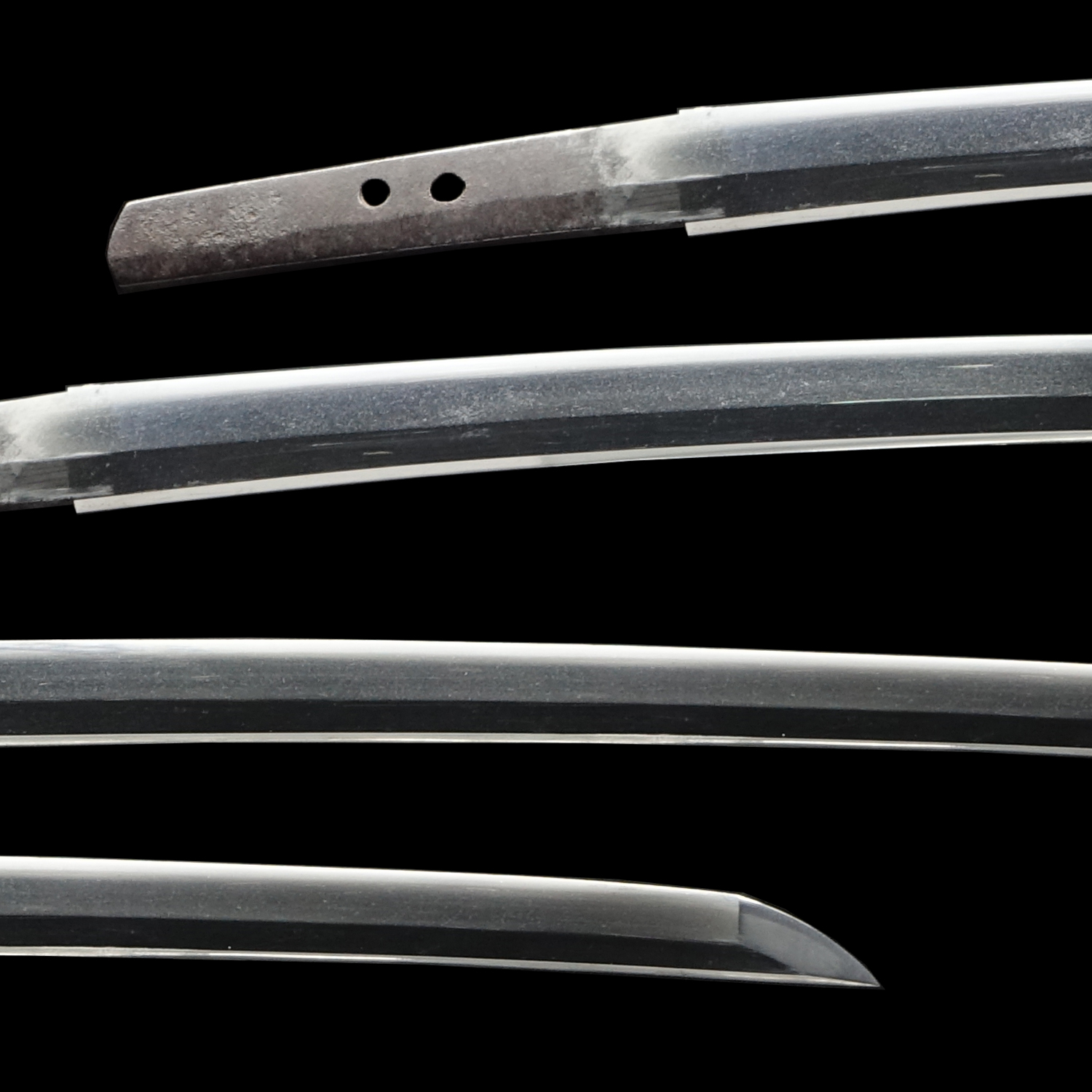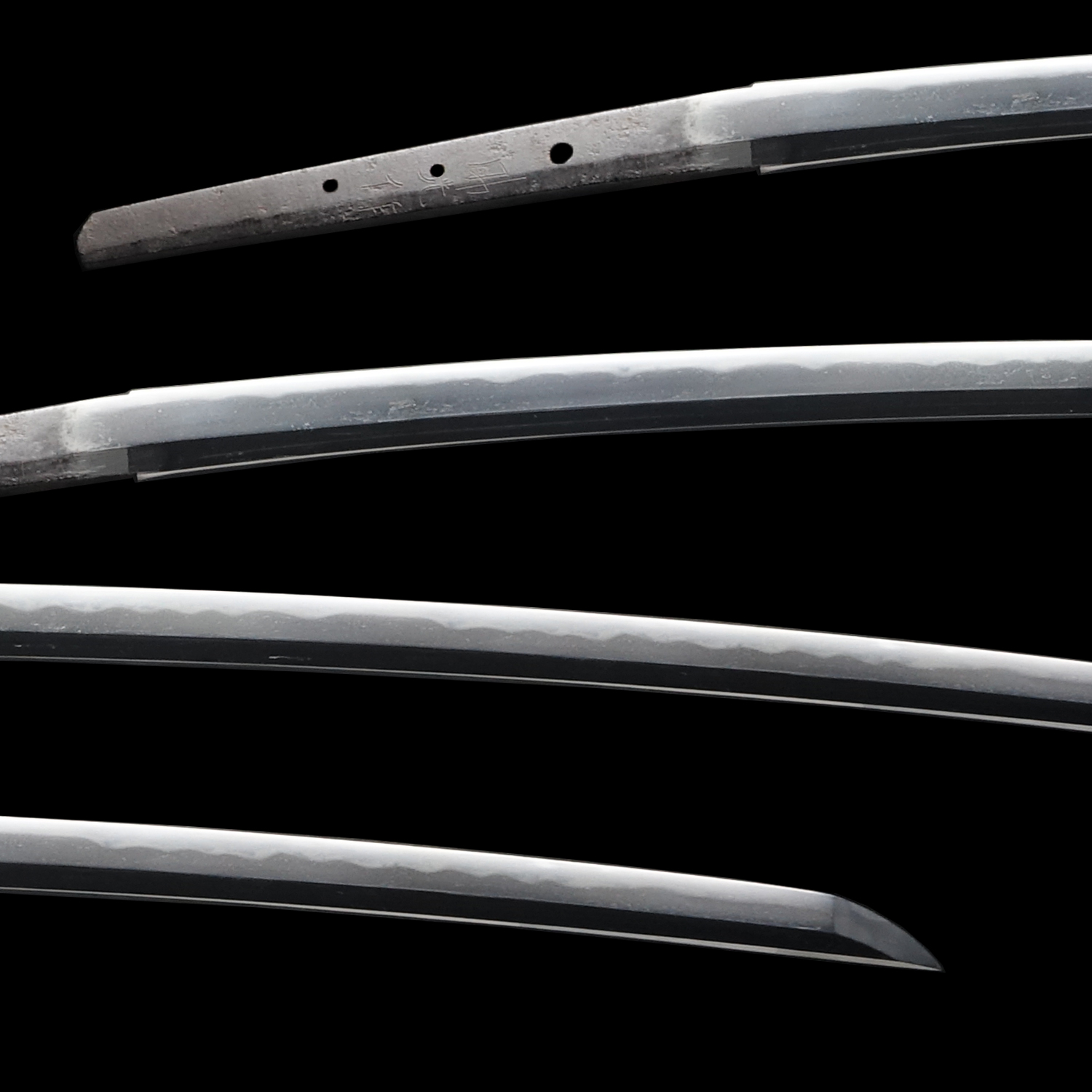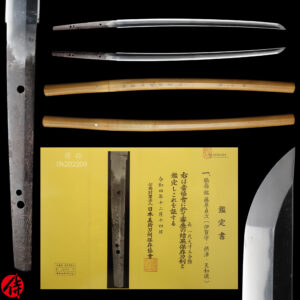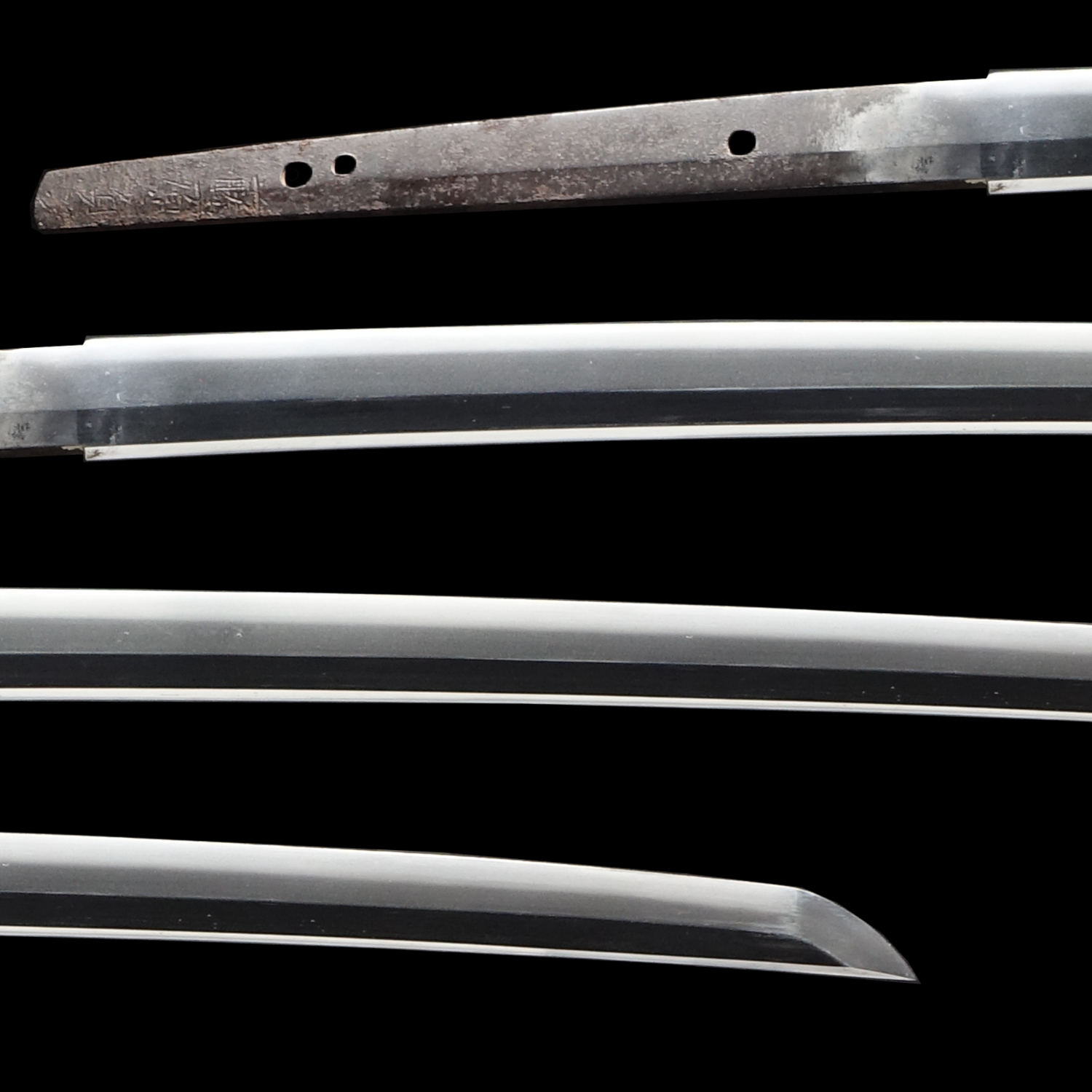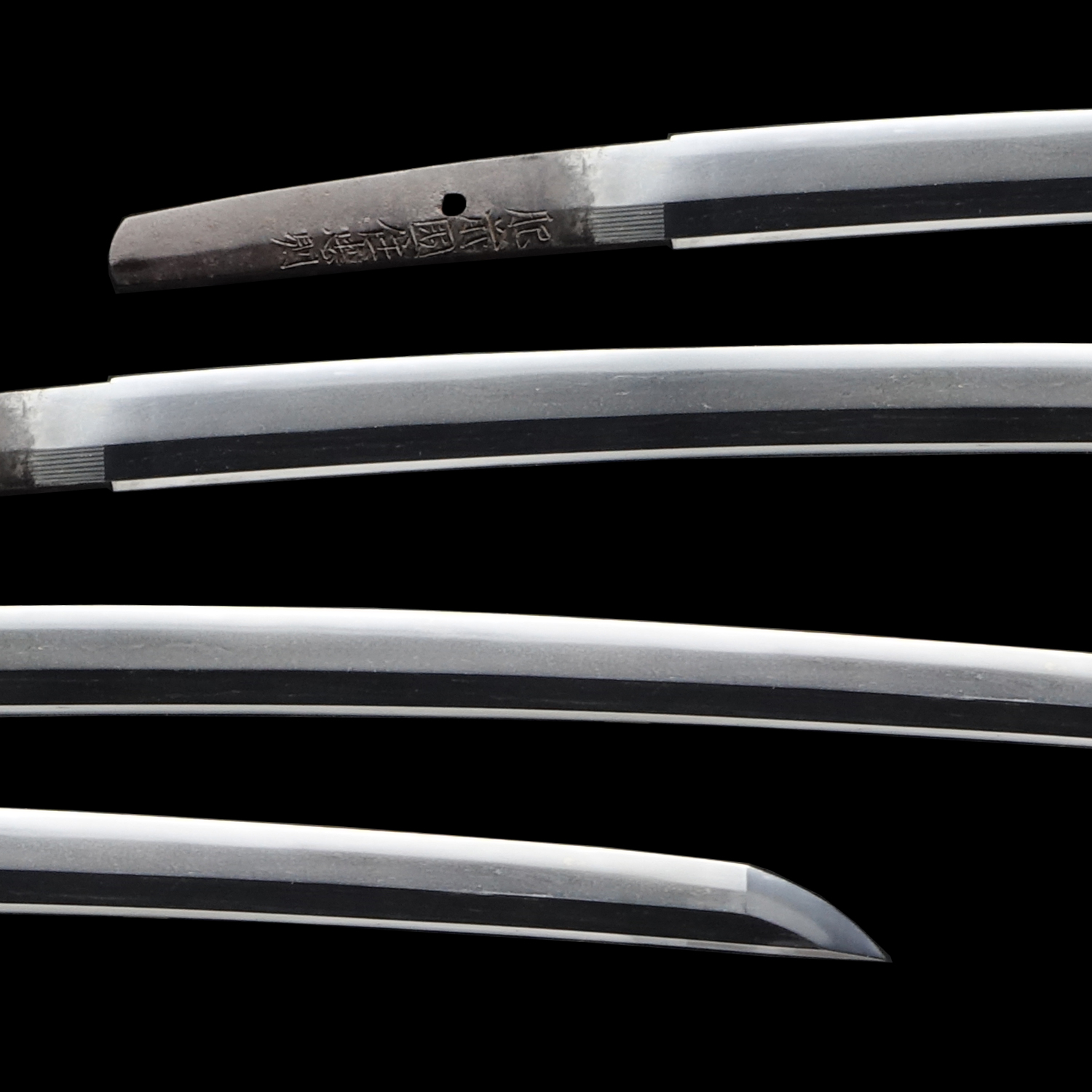Given that you have read our first article (If you haven’t, see here ), now you know different types of Japanese swords. Today, we would like to delve into it a little more and write about the differences by the age of each Japanese sword.
INDEX
Chapter 1: The History of the Curvature of Japanese swords
Chapter 2: The Ages of Japanese Swords
・JO-KO-TO(上古刀)
・KO-TO (古刀)
・SHIN-TO(新刀)
・SHIN-SHIN-TO(新新刀)
・GENDAI-TO(現代刀)
Chapter 1: The History of the curvature of Japanese swords
Dating back to the earliest years of the Samurai times (The HEIAN-Period; 794-1185 A.D.), There would be a lot of non-curved Japanese swords. That trend changed as the regime of ancient Samurai families had taken over the imperial government of Japan in the 10th century. There was the whole transition from the straight sword(CHOKU-TO; 直刀) to the curved sword(WAN-TO(湾刀; ).
The Japanese sword have seen rapid, drastic changes after the mid-HEIAN-Period due to the transition of war strategies. The swordsmiths modified the swords in various ways following the clan’s war reports so that Samurai could use their swords more efficiently.
Chapter 2: The Ages of Swords
The chart below shows the ages of Japanese swords in chronological order. In Chapter 2, we are going to explain the characteristics of Japanese swords in each era.
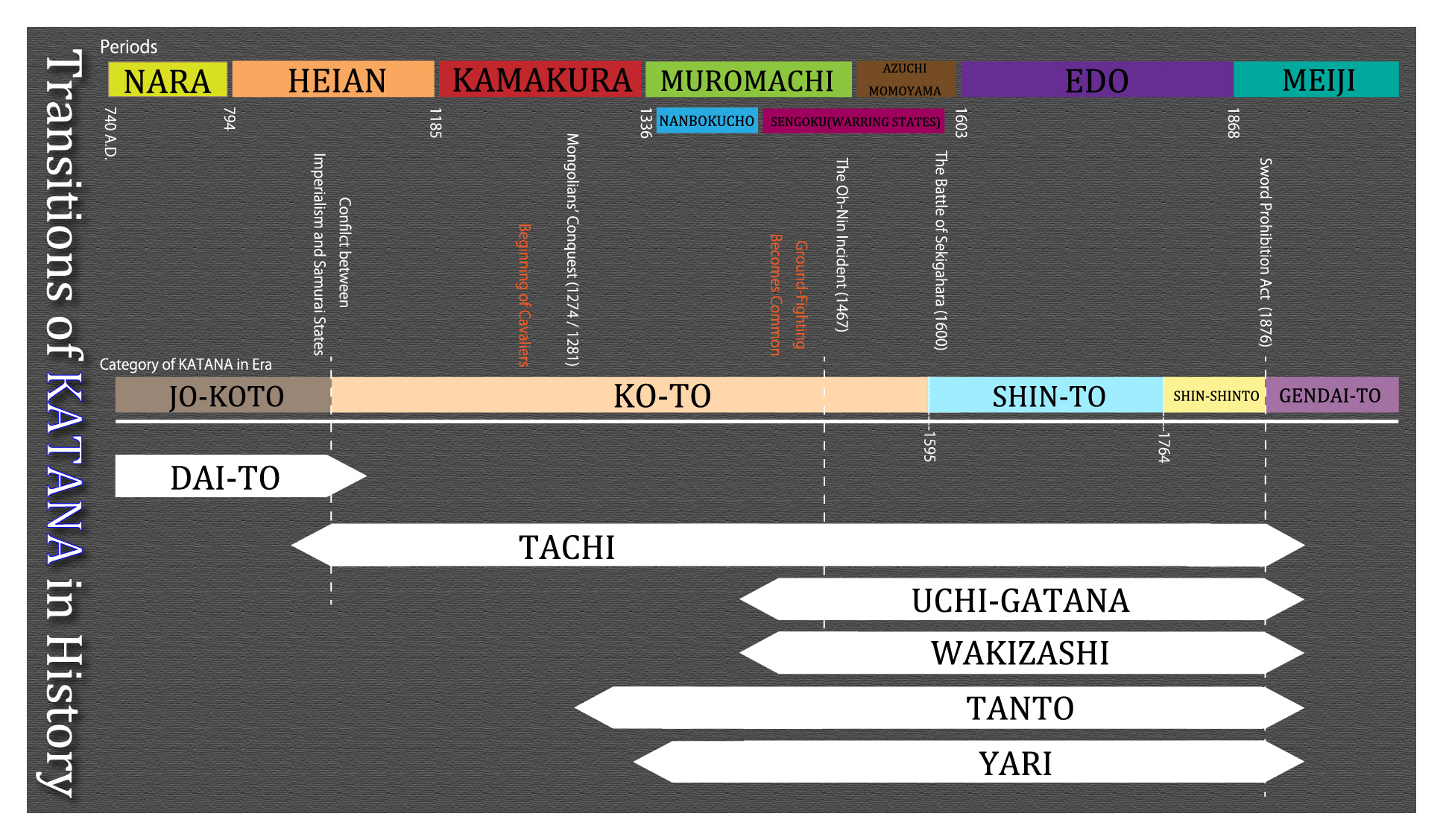
・JO-KO-TO(上古刀)
JO-KO-TO is mostly straight since they were copies of the swords from the continent. Usually, they were only discovered in the excavation sites from ancient times, or heritage sites of the ancient empire of Japan (5-8C).
・KO-TO (古刀)
The swords made between the Late Heian Period towards the end of the Warring States (930-1595 A.D.) are called KOTO (古刀: Old-Sword) in Japanese. Those swords were likely to be used in real lives of Samurai, so their designs had to fit the way they used the sword. It is hard to generalize Koto but they typically have a more aesthetically masculine look than those of the other eras. The blacksmithing technique wasn’t fully developed yet in this era, so the KO-TO blades contain gold, silver, and other metals, making the surface pattern of Koto intricate and beautiful.
I: From Late-Heian to Early-Kamakura period(10 C-)
The swords from this era were the first to have the shape of Tachi. The curvature starts from the handle to the middle and becomes steeper towards the edge. We call this design KOSHI-ZORI(腰反り; Waist-Curve).
II: Mid-Kamakura period(Appx. 13 C)
From the mid-Kamakura Period, TACHI was made to look even more magnificent. The upper half of the blade was forged thicker, which means the overall blades were a little flatter than the previous ones.
III: Late-Kamakura period(Appx. 1274-1333 A.D.)
The blades have become longer and thinner during this era. They also resemble the Early-Kamakura style, but such sharpness at the peak cannot be seen in the Early-Kamakura swords.
VI: Nanbokucho-period (1336-1392 A.D.)
In this era, Tachi have become the largest in history. Swordsmiths reduced layers of steel in the blade to keep it light and easy to wield the sword in hand. They also tend to have HI(樋; Gutter) on the blade since it would otherwise be too heavy.
V: Early-Muromachi period(1367-1467 A.D.)
The swords from this period mostly resembled the Kamakura-style swords. At the same time, there is also a curvature from the middle towards the peak.
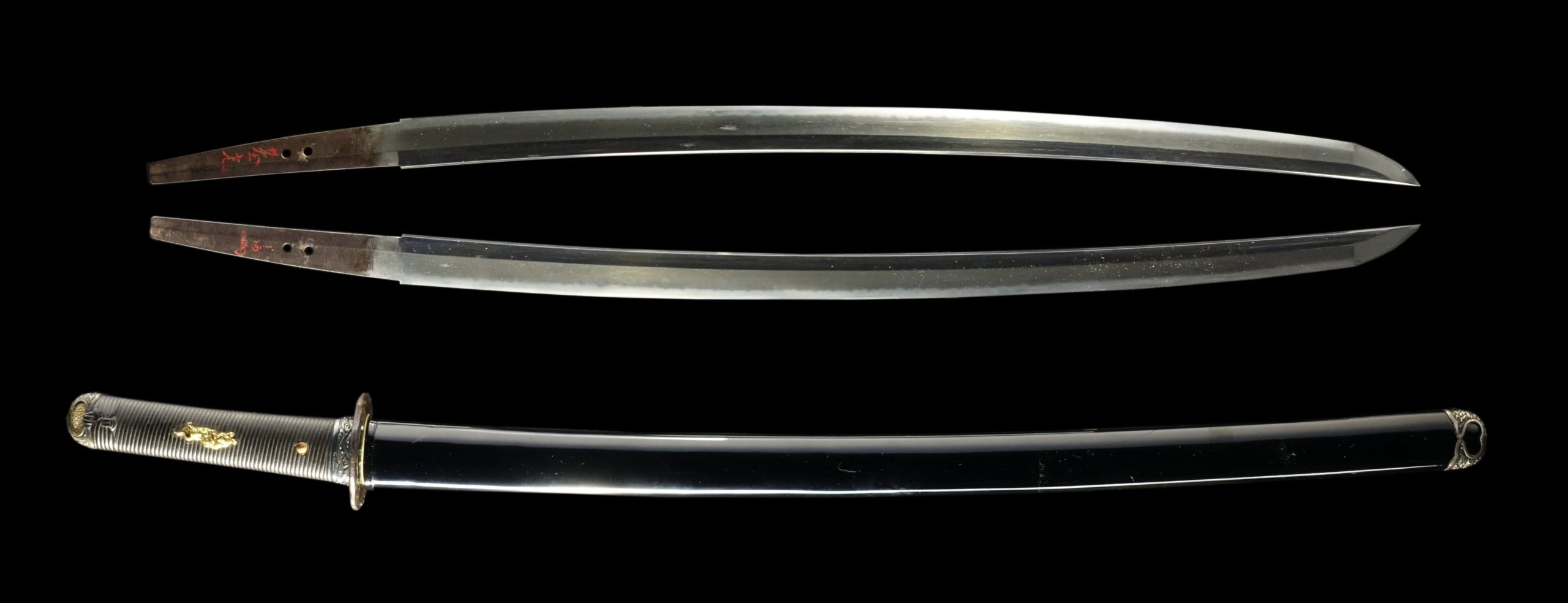
IV:Middle Muromachi Period-Late Muromachi period(1467-1573 A.D.)
As of this era, soldiers began to fight on the ground, so UCHI-GATANA(Katana) was made for the first time. They are shorter, and typically have the strong curvature from the middle to the edge.
Since it was also in the middle of the Warring States period (Sengoku Jidai), some swords were relatively low-quality to cater to the clan’s high demands for weapons to provide foot soldiers with. The high-quality swords forged during the Warring States are called CHUMON-UCHI (注文打; custom-made). There were also popular sword forging schools which often had orders from high-class Samurai, such as Bizen Osafune school.
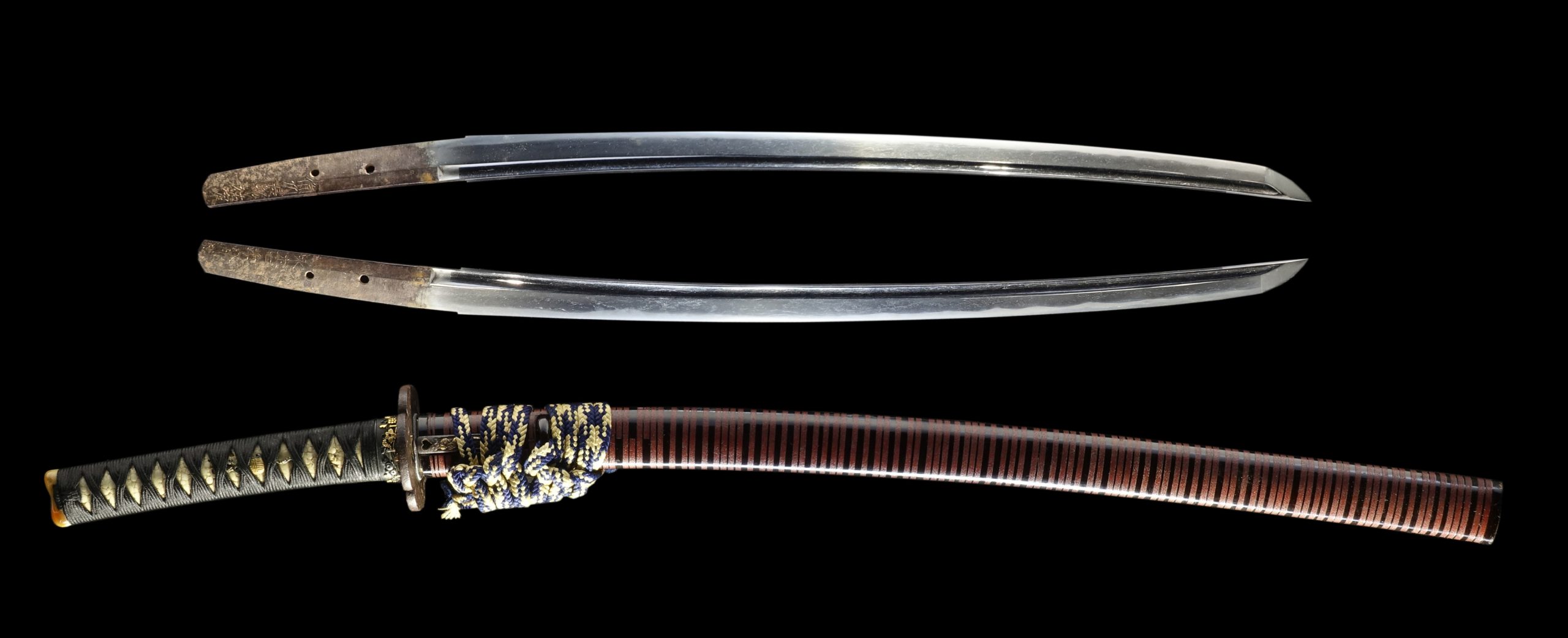
Ⅶ: Azuchi-Momoyama period(1573-1594 A.D.)
Amidst the Warring States (c. 16C), swordsmiths had gathered around the castle towns of great Samurai warlords such as Edo city (Today’s Tokyo). Transport links between the provinces became way faster in this era, and there were also swords made of steel brought from western countries.
The swords from this era are very similar to OH-SURIAGE(大摺上げ; Heavily-Sharpened), which had formerly been Tachi but were adjusted to the size of Uchi-Gatana. The blade is usually thick and tends to have more layers of steel.

・SHIN-TO(新刀)
IIX: Late Azuchi-Momoyama -Mid of Edo Period (1596 A.D.-1763 A.D.)
As opposed to KO-TO, SHIN-TO refers to the swords forged from 1596(Keisho-era) until around 1763. It is said that carbon steel (Tamahagane) used during this time was pure because of the development of metal-tempering. Also, the peaceful state of Edo period allowed many swordsmiths to pursue their technical improvement. Thus, it became easier for the swordsmiths to make a custom-made blade just as requested by Samurai than the KOTO era.
SHIN-TO is generally heavier and thicker, and less curved than KO-TO. And it tended to have gorgeous, intricate designs in the EDO Period (1603-1868 A.D.). In the early Edo period, swords had less curvature and were thinner towards the edge. We mainly refer to those as KANBUN-SHINTO (寛文新刀; Sword of the KANBUN era) given that most of the famous swords that represent the early Edo style were made during the KANBUN Era (1661-1673 A.D.)
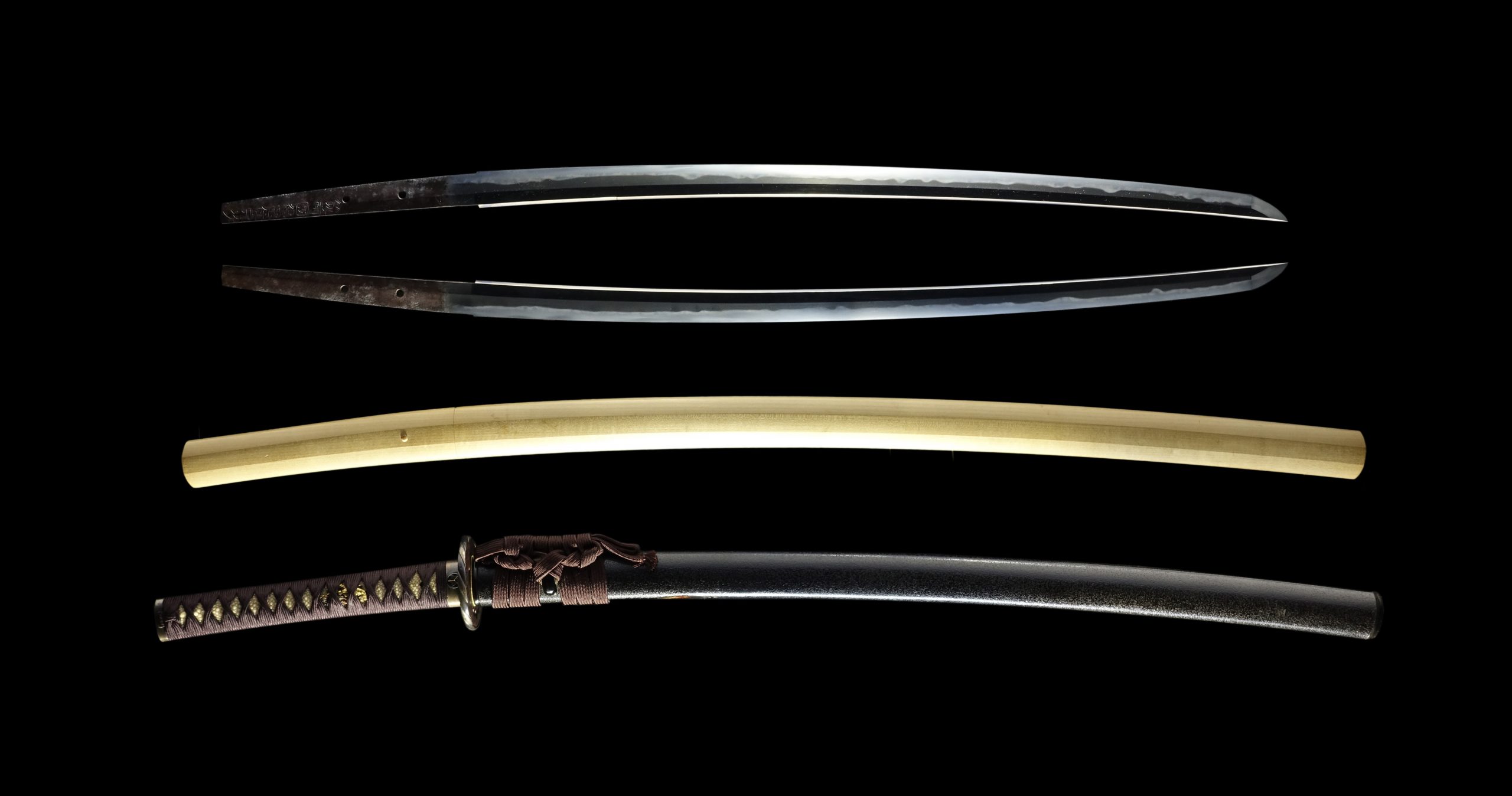
IX: Mid-Edo period (Since the GENROKU Era; 1688-1704 A.D. and onward
The swords from this era restored the graceful curvature on the blade, as the government had experienced the most peaceful state in history. There were also engraved artworks on some of those.
・SHIN-SHIN-TO(新新刀) (1764-1876 A.D.)
From the 1760s onwards the end of the Samurai times, there was a revival movement of KO-TO styled swords. We refer to those made at that time as SHIN-SHIN-TO. Thus, SHIN-SHIN-TO usually resembles KO-TO of the old era, which is seen in its magnificent look. They were also made longer and had less curvature than the ones of the previous eras.
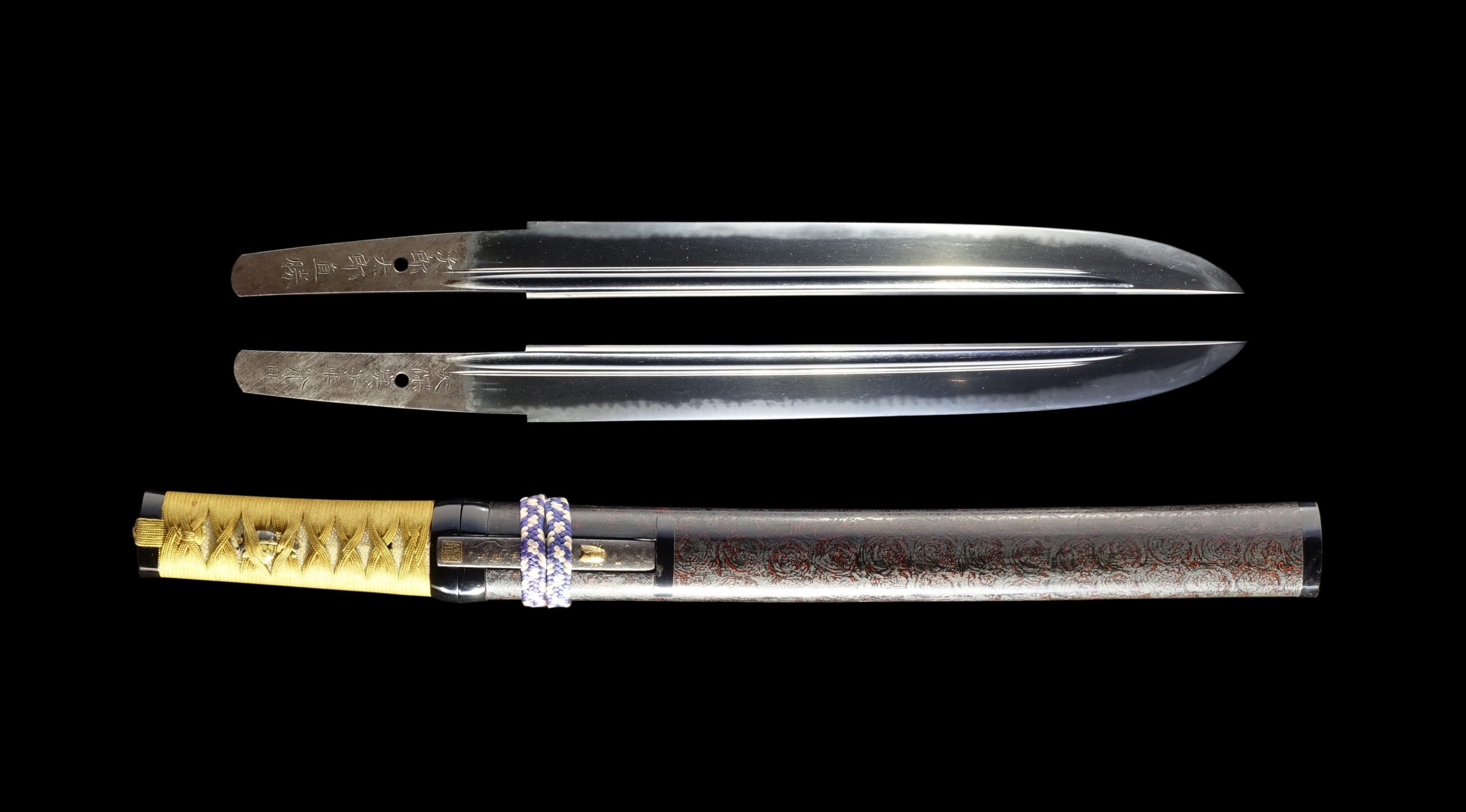
・GENDAI-TO(現代刀)
Edict of the 9th of the Meiji Era (1878 A.D.), following the decline of the Samurai regime, the Sword Prohibition Bill took effect in Japan. Thus, many Japanese swordsmiths lost their jobs, but the craftsmanship was preserved by the government, with the two well-known swordsmiths GASSAN and KANENORI being selected as the national sword artists. When it comes to the features of Gendai-To, You can seek references to the swords from different eras, most of which were inspired by the Kamakura-style.
There are around 150-200 swordsmiths in Japan today. Those who practice Iaido(居合道) use those GENDAI-TO, and there are international Japanese sword collectors who order their new custom-made blades. The contemporary Japanese sword makers are researching old ways to forge swords and try to recreate ancient style swords. They are the ones who keep the tradition of Japanese history alive.

——————————————————————————————————-
Did you enjoy this article? Which one do you like better? KO-TO? SHIN-TO? All of these are remains of Samurai history and worth preserving for centuries. We hope this article helps you understand more about the features of swords from each period.
We also deal with Japanese swords from different eras. You may be able to notice what is unique about our collection of Japanese swords. Hopefully, some of you are now interested in owning one of them. You can just click the embedded links on the pictures, or visit HERE to have a look at all collections. We are looking forward to serving you out there anytime.
Samurai Museum
Email: order@samuraimuseum.jp
TEL:+81 3 6457 6411
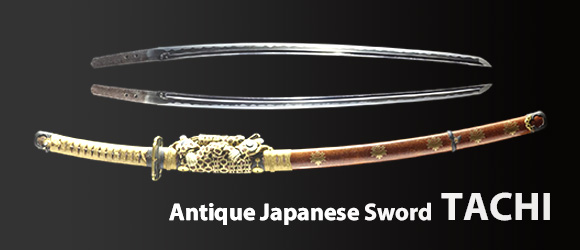
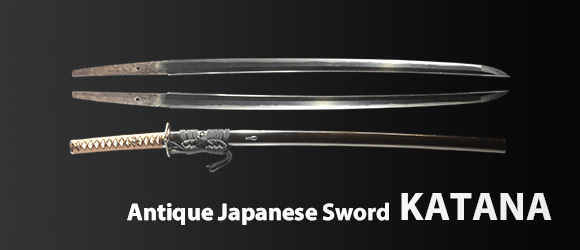
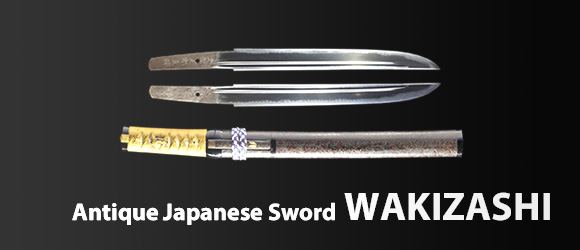
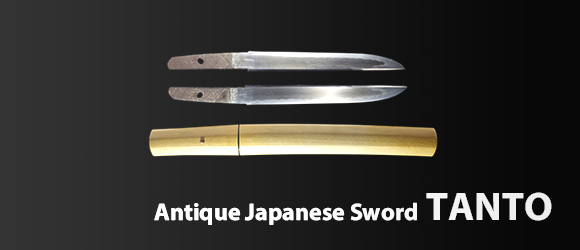
-
$13,898.01

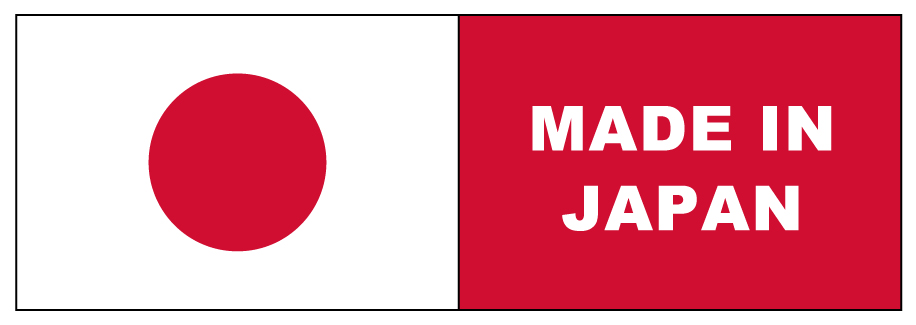
DELIVERY TIME : Approx. 1-1.5 months
*We ship from Tokyo, Japan. There might be delay in shipment depending on countries.
SHIPPING TO :
USA, UK, Canada, Mexico, Germany , Hong Kong, France, Australia
*Please contact us prior to purchase if your country isn’t listed.
INCLUDED : NBTHK Tokubetsu Hozon Certificate, Koshirae Mounting, Shirasaya Case, Traditional Sword Carrying Case, Sword Maintenance Kit, Full Exportation Support
| Category |
Katana ( SHINTO) |
| Age |
Early Edo Period (1641-1688) |
| Swordsmith |
Hizen Koku Jyu Omi no Daijyo Fujiwara Tadahiro
(肥前国住近江大掾藤原忠広) |
| Certificate |
NBTHK Tokubetsu Hozon Certificate |
| Location |
Hizen province (Today’s Saga prefecture) |
| Blade Size |
Cutting Edge Length: 72.4 cm (28.5 inches)
Curvature:1.66 cm (0.65 inches) |
More photos& videos available on request. Please feel free to contact us.
-
$10,739.37


DELIVERY TIME : Approx. 1-1.5 months
*We ship from Tokyo, Japan. There might be delay in shipment depending on countries.
SHIPPING TO :
USA, UK, Canada, Mexico, Germany , Hong Kong, France, Finland, Australia
*Please contact us prior to purchase if your country isn’t listed.
INCLUDED : NBTHK Tokubetsu Hozon Certificate, Koshirae Mounting, Traditional Sword Carrying Case, Sword Maintenance Kit, Full Exportation Support
| Category |
Katana ( KOTO) |
| Age |
Nanbokucho period |
| Swordsmith |
attributed to Suesa (末佐: Unsigned) |
| Certificate |
NBTHK Tokubetsu Hozon Certificate |
| Location |
Chikuzen Province (Today’s Fukuoka prefecture) |
| Blade Size |
Cutting Edge Length: 71.8 cm (28.2 inches)
Curvature: 1.1 cm (0.43 inches) |
More photos& videos available on request. Please feel free to contact us.
-
$27,164.30


DELIVERY TIME : Approx. 1-1.5 months
*There might be delay in shipment depending on countries
SHIPPING TO :
USA, UK, Canada, Mexico, Germany , Hong Kong, France, Australia
*Please contact us prior to purchase if your country isn’t listed.
INCLUDED : NBTHK Tokubetsu Hozon Certificate for Katana and Wakizashi , Shirasaya Case×2, Koshirae Mounting×2, Traditional Sword Carrying Case×2, Sword Maintenance Kit, Full Exportation Support
| Category |
Katana& Wakizashi ( SHINTO) |
| Age |
Early-Mid Edo period |
| Swordsmith |
The third-gen Yoshimichi (三代京丹波守吉道)
The fourth-gen Yoshimichi (四代京丹波守吉道) |
| Certificate |
NBTHK Tokubetsu Hozon Certificate for both blades |
| Location |
Yamashiro Province (Kyoto prefecture) |
| Blade Size |
Cutting Edge Length: 75.4 cm ( 29.7 inches)
Curvature: 1.30 cm ( 0.51 inches)
Cutting Edge Length: 50.0 cm ( 19.7 inches)
Curvature: 1.21 cm ( 0.47 inches) |
More photos& videos available on request. Please feel free to contact us.
-
$6,949.01


DELIVERY TIME : Approx. 1-1.5 months
*We ship from Tokyo, Japan. There might be delay in shipment depending on countries.
SHIPPING TO :
USA, UK, Canada, Mexico, Germany , Hong Kong, France, Finland, Australia
*Please contact us prior to purchase if your country isn’t listed.
INCLUDED : NBTHK Tokubetsu Hozon Certificate, Koshirae Mounting, Traditional Sword Carrying Case, Sword Maintenance Kit, Full Exportation Support
| Category |
Katana ( SHINTO) |
| Age |
Early Edo period (mid-late 17th century) |
| Swordsmith |
Sagami no Kami Fujiwara Kunitsuna (相模守藤原国綱) |
| Certificate |
NBTHK Tokubetsu Hozon Certificate |
| Location |
Echizen Province (Today’s Fukui prefecture) |
| Blade Size |
Cutting Edge Length: 71.5 cm (28.1 inches)
Curvature: 1.3 cm (0.51 inches) |
More photos& videos available on request. Please feel free to contact us.
-
$9,475.92


DELIVERY TIME : Approx. 1-1.5 months
*We ship from Tokyo, Japan. There might be delay in shipment depending on countries.
SHIPPING TO :
USA, UK, Canada, Mexico, Germany , Hong Kong, France, Finland, Australia
*Please contact us prior to purchase if your country isn’t listed.
INCLUDED : NBTHK Tokubetsu Hozon Certificate, NTHK Yushu Saku Certificate, Shirasaya Case (Plain Wooden Case), Traditional Sword Carrying Case, Sword Maintenance Kit, Full Exportation Support
| Category |
Wakizashi (SHINTO)
|
| Age |
Early Edo period (Early 17th century) |
| Swordsmith |
Izumi no Kami Fujiwara Kunisada (和泉守藤原国貞) |
| Certificate |
NBTHK Tokubetsu Hozon Certificate |
| Location |
Settsu province (Today’s Osaka prefecture) |
| Blade Size |
Cutting Edge Length: 54.8 cm (21.5 inches)
Curvature: 1.6 cm (0.63 inches)
|
More photos& videos available on request. Please feel free to contact us.
-
$3,790.37


DELIVERY TIME : Approx. 1-1.5 months
*We ship from Tokyo, Japan. There might be delay in shipment depending on countries.
SHIPPING TO :
USA, UK, Canada, Mexico, Germany , Hong Kong, France, Finland, Australia
*Please contact us prior to purchase if your country isn’t listed.
INCLUDED : NBTHK Hozon Certificate, Shirasaya Case, Koshirae Case, Traditional Sword Carrying Case, Sword Maintenance Kit, Full Exportation Support
| Category |
Wakizashi ( KOTO) |
| Age |
Early- Mid Muromachi period (Late 14th-Early 15th century) |
| Swordsmith |
attributed to Mihara (三原: Unsigned) |
| Certificate |
NBTHK Hozon Certificate |
| Location |
Bingo province(today’s Hiroshima prefecture) |
| Blade Size |
Cutting Edge Length : 53.8 cm ( 21.2 inches)
Curvature : 1.2 cm (0.47 inches)
|
More photos& videos available on request. Please feel free to contact us.
-
$6,317.28


DELIVERY TIME: Approx. 1-1.5 months
*We ship from Tokyo, Japan. There might be delay in shipment depending on countries.
SHIPPING TO:
USA, UK, Canada, Mexico, Germany, Hong Kong, France, Finland, Australia
*Please contact us prior to purchase if your country isn’t listed.
INCLUDED: NBTHK Hozon Certificate, Koshirae Case (Decorative Sword Mounting), Shirasaya Case, Traditional Sword Carrying Bag, Sword Maintenance Kit, Full Exportation Support
| Category |
Katana (KOTO :古刀)
|
| Age |
Late Muromachi Period |
| Swordsmith |
Sukemitsu (助光) |
| Certificate |
NBTHK Hozon Certificate |
| Location |
Unknown, possibly Suruga province (Today’s Shizuoka prefecture) |
| Blade Size |
Cutting Edge Length: 72.7 cm (28.6 inches)
Curvature: 2.1 cm (0.82 inches)
|
More photos& videos available on request. Please feel free to contact us.
-
$6,317.28


DELIVERY TIME : Approx. 1-1.5 months
*We ship from Tokyo, Japan. There might be delay in shipment depending on countries.
SHIPPING TO :
USA, UK, Canada, Mexico, Germany , Hong Kong, France, Finland, Australia
*Please contact us prior to purchase if your country isn’t listed.
INCLUDED : NBTHK Tokubetsu Hozon Certificate , Koshirae Case (Decorative Sword Mounting), Shirasaya Case, Traditional Sword Carrying Case, Sword Maintenance Kit, Full Exportation Support
| Category |
Wakizashi (SHIN SHIN TO)
|
| Age |
The third year of the Kyowa era (1803) |
| Swordsmith |
Tada Takakatsu (多田貴勝) |
| Certificate |
NBTHK Tokubetsu Hozon Certificate |
| Location |
Harima province (Today’s Hyogo prefecture) |
| Blade Size |
Cutting Edge Length: 40.2 cm (15.8 inches)
Curvature: 0.5 cm (0.19 inches)
|
Thank you for visiting our website. This sword was sold as each antique Japanese sword is one of a kind. However, we might be able to show you something similar because we have various types of swords available. Also, there are ones that aren’t listed on the website yet. Our customer service will help you find your ideal blade you will cherish for generations. Please feel free to contact us or check the list of swords. We will be more than happy to help you.
-
$2,842.78


DELIVERY TIME : Approx. 1-1.5 months
*We ship from Tokyo, Japan. There might be delay in shipment depending on countries.
SHIPPING TO :
USA, UK, Canada, Mexico, Germany , Hong Kong, France, Australia
*Please contact us prior to purchase if your country isn’t listed.
INCLUDED : NBTHK Hozon Certificate, Shirasaya Case (Plain Wooden Case), Traditional Sword Carrying Case, Sword Maintenance Kit, Full Exportation Support
| Category |
Wakizashi (SHINTO)
|
| Age |
Tenwa era (1681-1684) |
| Swordsmith |
Fujiwara Sadatsugu (藤原貞次) |
| Certificate |
NBTHK Hozon Certificate |
| Location |
Settsu province (Today’s Osaka prefecture) |
| Blade Size |
Cutting Edge Length: 59.2 cm (23.3 inches)
Curvature: 1.0 cm (0.39 inches)
|
More photos& videos available on request. Please feel free to contact us.
-
$2,526.91


DELIVERY TIME : Approx. 1-1.5 months
*We ship from Tokyo, Japan. There might be delay in shipment depending on countries.
SHIPPING TO :
USA, UK, Canada, Mexico, Germany , Hong Kong, France, Australia
*Please contact us prior to purchase if your country isn’t listed.
INCLUDED : NBTHK Hozon Certificate, Shirasaya Case (Plain Wooden Case), Traditional Sword Carrying Case, Sword Maintenance Kit, Full Exportation Support
| Category |
Wakizashi (SHINTO)
|
| Age |
Early Edo Period (1661-1673) |
| Swordsmith |
Hizen Koku Jyu Tadanori (肥前国住忠則) |
| Certificate |
NBTHK Hozon Certificate |
| Location |
Hizen province (Today’s Saga prefecture) |
| Blade Size |
Cutting Edge Length: 51.4 cm (20.2 inches)
Curvature: 1.2 cm (0.47 inches)
|
Thank you for visiting our website. This sword was sold as each antique Japanese sword is one of a kind. However, we might be able to show you something similar because we have various types of swords available. Also, there are ones that aren’t listed on the website yet. Our customer service will help you find your ideal blade you will cherish for generations. Please feel free to contact us or check the list of swords. We will be more than happy to help you.

